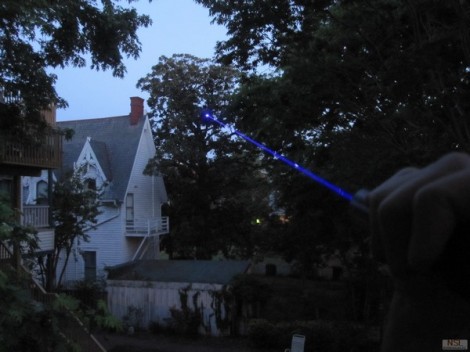By: Jeff Via: TheMightyOhm
Working at Valve:
Yes,
the things you have heard are true. After four glorious years of freelancing and working on
fun open source hardware projects, I am going full-time again.
In June, I will be joining the hardware team at
Valve.
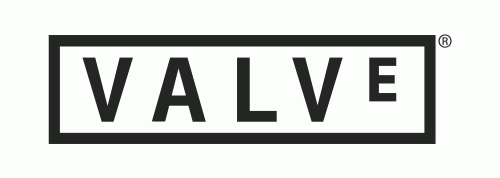 Yes, Jeri works there. No, she is not my boss (or anyone else’s, more on that later).
Yes, Jeri works there. No, she is not my boss (or anyone else’s, more on that later).
On my last visit to Valve, I got a copy of the brand new
Handbook for New Employees. This handbook outlines what it’s like to work at Valve.

If you
read the handbook, you will discover that working at Valve is quite a bit different than working at other software or hardware companies.
Perhaps most significantly, Valve is a completely flat organization – there are no managers. (And by
flat I don’t mean simple, or boring, because it is certainly neither of these things.)
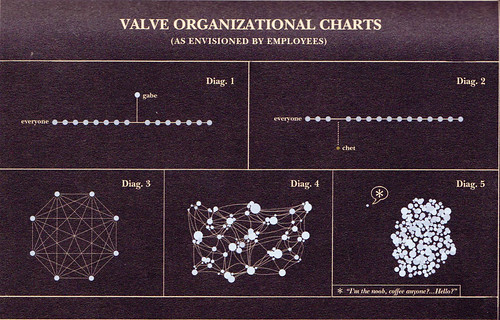
No one, not even Gabe, can tell you what to do or what projects to work on.
So how does anything get done? Simple:
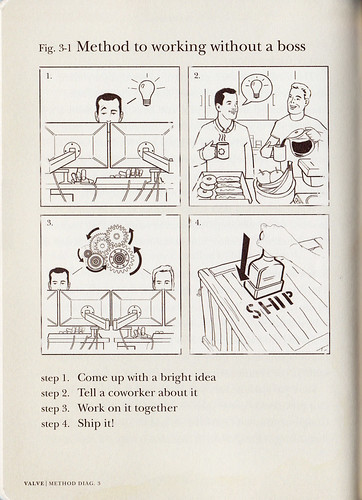
Interested in working at Valve? The handbook also talks a bit about the sorts of things that Valve looks for in the hiring process. I found this diagram particularly interesting:
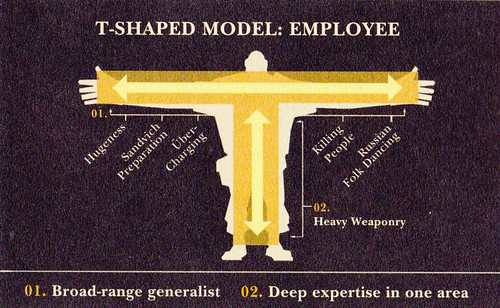
Valve looks for people who are experts in their field but also generalists. (Jack of all trades, master of
one?) This applies across all disciplines.
(Does this sound like you? If you are interested in working on hardware in an amazing work environment, surrounded by other super-talented people, I highly recommend that you
contact Valve.)
The handbook contains lots of other good information for new and prospective employees. Unfortunately, it’s not available for download (yet), so you’ll have to come visit and beg for/borrow/steal a copy. (In the mean time, there are a few more scans
here.)
As for me, I need to start packing. Wish me luck.
Update: LambdaGeneration just posted a link to
the complete handbook.






